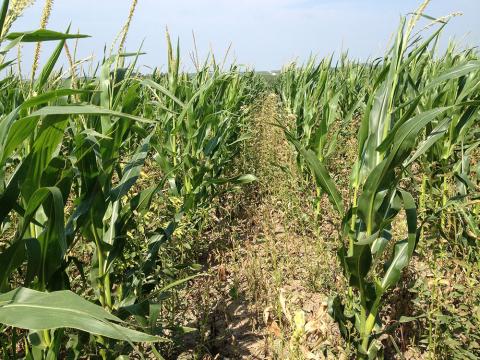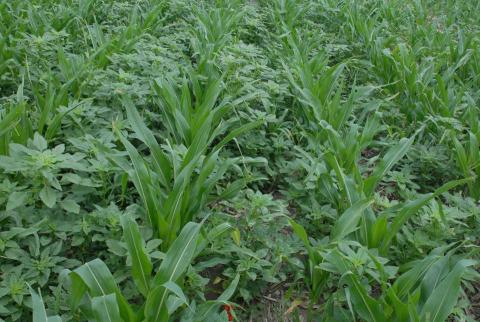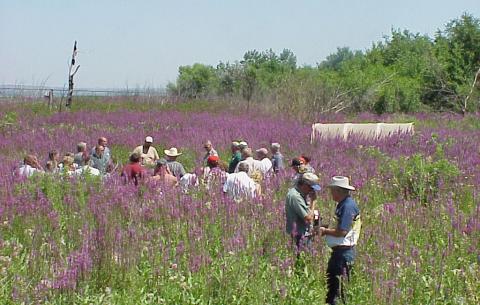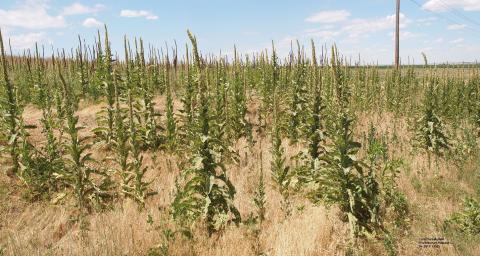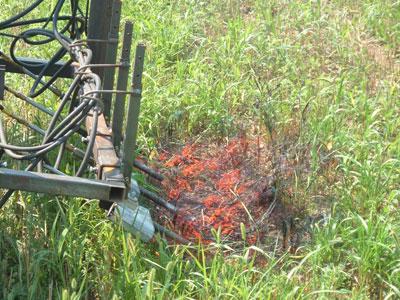What Would Happen if We Stopped Controlling Weeds?
July 19, 2018
A recent study of 10 years of research in key dry bean production areas of the US and Canada showed the value of weed management. Without weed control losses were estimated at $720 million.
Weed Management Considerations Following Hail Damage to Corn or Soybean
July 12, 2018
Following a hail event, crop canopy development can be severely delayed or damaged, which can lead to increased weed development and pressure. This story looks at factors to consider when selecting among mid-season weed control options in storm-damaged fields.
Post-harvest Weed Control in Winter Wheat
July 11, 2018
Consider using split herbicide treatments to provide extended control of weeds after winter wheat harvest. Timely weed control can limit soil moisture loss to weeds, prevent the deposit of more weed seeds in the soil, and reduce the spread of wheat streak mosaic disease.
Dicamba Off-Target Injury Reports in Nebraska
June 29, 2018
Suspected off-target dicamba injury has been reported in several Nebraska counties.
Glyphosate-Resistant Palmer Amaranth Field Day July 11
June 25, 2018
Is glyphosate-resistant Palmer amaranth a growing challenge? View field demonstrations and hear from experts at the Glyphosate-Resistant Palmer Amaranth Management Field Day Wednesday, July 11 at Carleton.
Research Update: Control of Perennial Invasive Weeds Requires Repeated Herbicide Applications
June 4, 2018
Research shows the need for patience and persistence when battling perennial weeds such as purple loosestrife over multiple years. The younger the stand the faster the control was achieved.
Common Mullein, an Invasive Weed on Nebraska’s Horizon
June 4, 2018
Common mullein is an invasive weed threatening western Nebraska land use. Here's what you need to know to be on your guard as prevention and early control are the best and the cheapest management options.
Flame Weeding Workshop to be at Haskell Ag Lab
May 25, 2018
A full-day flame weeding workshop will be held at the Haskell Agricultural Laboratory near Concord Aug. 13. Class size is limited and early registrations are welcome.

